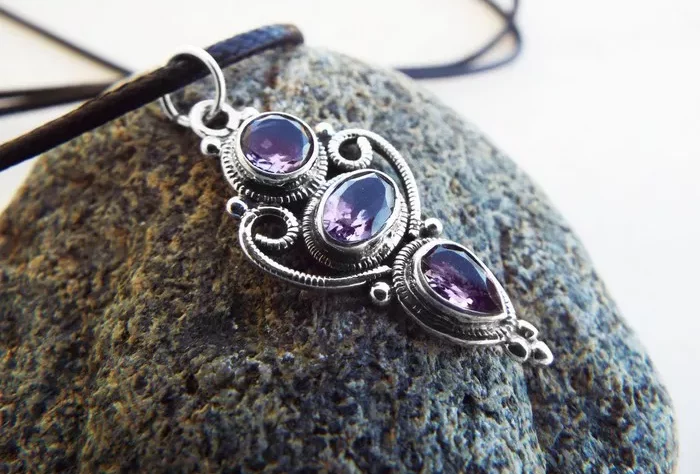In Anthony Doerr’s acclaimed novel “All the Light We Cannot See,” the tumult of World War II finds expression through the eyes of a blind heroine and a captivating gemstone—the Sea of Flames. This supposedly cursed jewel, central to both the novel and its Netflix adaptation, is a fictional creation. However, its roots can be traced to a real gem known as the Delhi Sapphire, or colloquially, “the cursed amethyst.
The question looms: Was the sapphire truly cursed? Edward Heron-Allen, its owner, seemed to believe so. In a letter bequeathing the gem to the Natural History Museum in London, the polymath and author described the stone as “trebly accursed and stained with blood,” advising future custodians to cast it into the sea.
Despite this ominous counsel, the jewel retained its eerie reputation, purportedly possessing the power to curse those who touched it. Yet, a lingering uncertainty arises—does this “curse” expose a society grappling with guilt over its colonial past?
Heron-Allen’s 1904 letter, housed with the jewel at the Natural History Museum, tells a tale of the amethyst being looted during a 19th-century mutiny in Cawnpore, India. The author claimed that misfortunes befell the gem’s possessors, linking it to a Bengal cavalry officer, W. Ferris. Heron-Allen, troubled by the gem’s alleged curse, attempted to rid himself of it, even resorting to casting it into a London canal. However, the gem resurfaced, defying attempts to be discarded.
In a twist of fate, Heron-Allen’s daughter, contrary to her father’s wishes, presented the gem and the letter to the Natural History Museum in 1944, shortly after his death. This enigmatic narrative, with its powerful ill-gotten gem, presents a fascinating story—except it may be a complex hoax.
Curators at the Museum of Natural History posit that Heron-Allen orchestrated the tale to draw attention to his 1921 novella, “The Purple Sapphire,” published under the pseudonym Christopher Blayre. The novella’s gem bears a striking resemblance to the real gem’s backstory, suggesting the letter might be a deliberate attempt to enhance the novella’s allure.
Despite the skepticism surrounding its origins, the “cursed amethyst” continues to captivate imaginations, housed in the museum’s Vault gallery alongside other renowned rocks and minerals. The gem, once again in the public eye due to Doerr’s novel, perpetuates tales of misfortunes, reinforcing its mystique.
As the story unfolds, parallels emerge with other “cursed” gems, like the Koh-i-Noor diamond, revealing a broader pattern of assigning meaning to stolen treasures. These narratives reflect societal anxieties about the consequences of colonial plunder, shedding light on our inclination to infuse material objects with significance that speaks to our insecurities, interests, and social taboos.
In the words of art critic Hettie Judah, “the suggestion that riches and power are founded on something dark and rotten is irresistible; the enigmatic diamond dazzling as a crystalline emblem both of magnificent wealth and of wickedness.”


